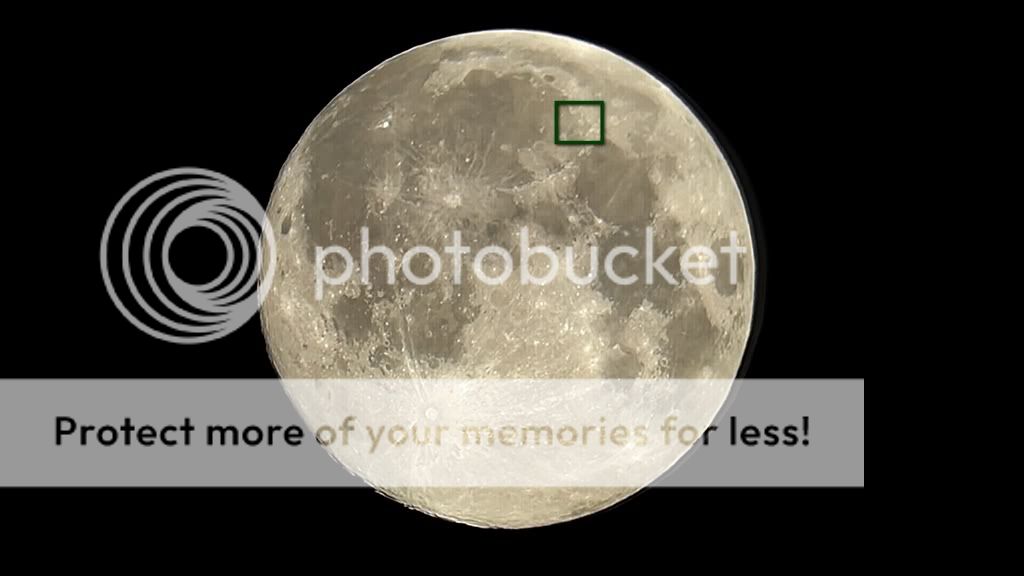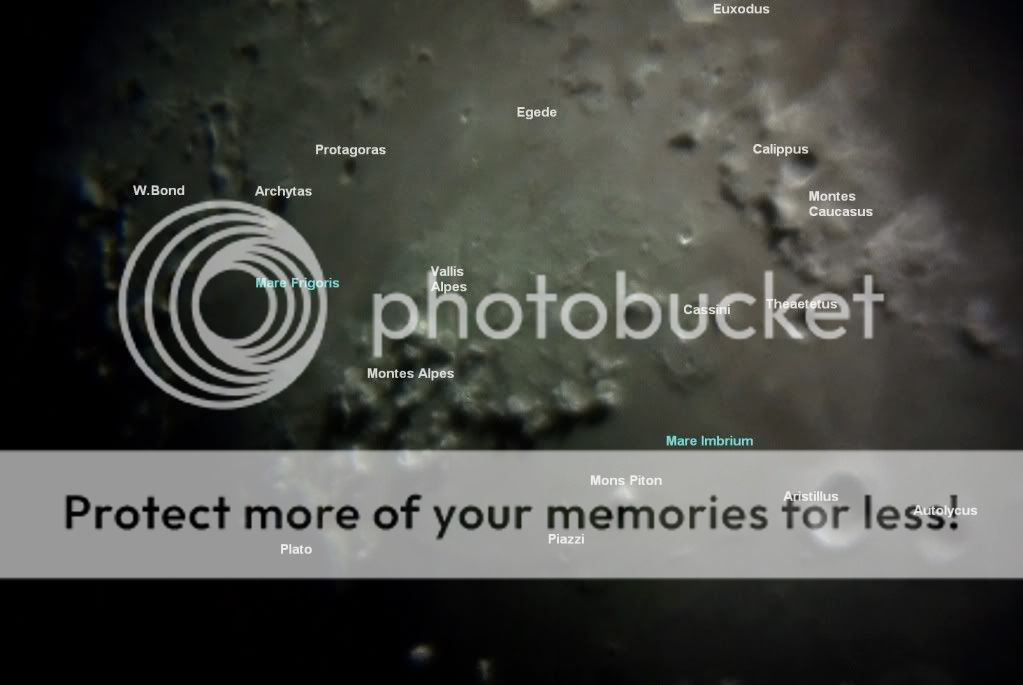Photographer: Victor Lupu
Optics: Celestron C8-Newtonian telescope, plossl 20mm, 2x Barlow
Mount: CG5 (EQ5)
Device: Sony CX105at 10x optical zoom
Total magnification: 1000x
Filter: No
Date: 11/05/2011
Location: Baia Mare, Romania
Processing: Sony Vegas 10, video captures
Cassini crater on the Moon was named in honor of Jean-Dominique Cassini, an astronomer, engineer and astrologer, and one of the leading scientists of the 17th and 18th centuries.
This lunar crater has a diameter of 57 km and is located on the North of Imbrium Sea- or Sea of rains. The crater is partly flooded by lava which filled the basin later. The three smaller craters within Cassini-two are in, and one outside, formed after the floods of lava.
This remarkable "ring", about 36 kilometers in diameter, is very similar to the crater Posidonius.
Cassini has a very narrow wall, 4,000 feet in height, and decreases in height to 1,500 meters to the west. Although it is a beautiful crater at sunset (the sunset on the Moon), because of the floor tone, which barely differs from that of the surrounding area, is difficult to follow the crater under the strong sun.
In the images above,left of the Cassini crater are the Alps of the Moon.
Image below is to locate the crater Cassini and Montes Alpes.
Monday, 5 September 2011
IMAGES AND VIDEOS
About me
(8)
Astronomical Phylosophy
(5)
Astronomy Labels
(1)
Astronomy terms
(5)
Craters-Reinhold and Lansberg
(2)
Craters-Santbech
(5)
DSLR Hyperion pictures
(4)
DSLR astronomy pictures
(4)
DSLR telescope pictures
(21)
Occultations
(5)
Rima Ariadaeus
(4)
Rupes Altai
(10)
The colours of the Moon
(7)
Things about the Moon
(9)
Weird sightings
(8)




 Monday, September 05, 2011
Monday, September 05, 2011
 Unknown
Unknown





 Posted in:
Posted in: 


0 comments:
Post a Comment